I am a yogurt convert. While teaching English for a year in Turkey, I learned just how central it is to that, er, culture.
First, an amusingly awkward haggling lesson from a door-to-door yogurt seller. People were buying it in kilos?!
Then, at school, part of my free lunch (there is such a thing) was a yogurt drink, ayran. You can buy it there anywhere, or just make it yourself: stir a bit of water into plain yogurt, add a couple of pinches of salt, and drink it like a glass of milk. As a fruit-in-my-yogurt American, the idea of plain yogurt sounded absurd to me, but I grew to love it and even now make it at home from time to time.
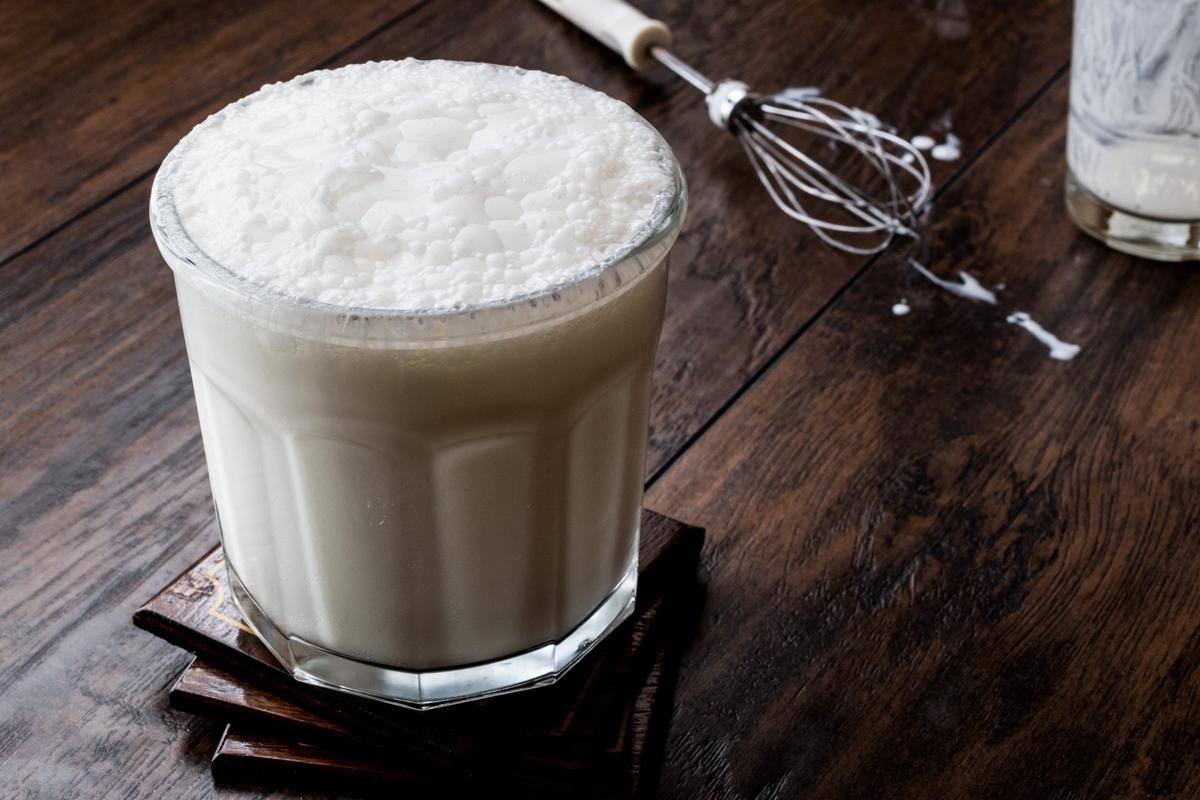
Kitchen Magic
My writings about Turkey and yogurt got me an invite to Gastro Istanbul, an expo for Turkish cuisine where I sat on a “yogurt panel,” playing the foil to food-science guru Harold McGee. We sampled 11 different kinds of yogurt: made from sheep’s, goat’s, or buffalo milk; smoked; something aged and moldy; and even dry yogurt, a powdered version one made to survive through winter—just add water.While I told amusing yogurt anecdotes, McGee explained the science behind making yogurt: scalding milk to alter its proteins, to create a smooth and not lumpy final product, and adding two primary bacteria, Lactobacillus bulgaricus and Streptococcus thermophilus. These two microbes ferment the lactose sugar in milk, converting it to sour lactic acid and thus preserving it for a bit longer than fresh milk would normally last, before going dangerously bad.
Outside the lab or test kitchen, however, folk recipes didn’t frame it so technically. One such recipe included “spring rain off of pine cones.”
What the heck is that? While it seemed amusingly folksy, there was truth there: the microbes—what we call the “starter,” when we have them contained and identified at the store—were out there in nature, whether it be the gut of an animal or a special flower’s petals. Generations of villagers scattered across the lands from Greece to India didn’t obtain microbiology degrees or attend fermentation classes. They learned from a forebear who perhaps recommended some rainwater to get the “magic” in there to start.
I asked McGee why yogurt doesn’t become something else based on whatever other things floated in on the breeze. He explained that while an open vessel may introduce more than just the desired bacteria, the ones that actually make the yogurt act quickly and create an acidic environment, which discourages the competition.
Ironically, despite all my time in Turkey, I never learned to make yogurt until I returned to the States. I took a job in a small town in rural Illinois, where, as it happened, a Turkish immigrant had settled to raise his family and open a restaurant. Mr. Gocmen became my mentor.
Scald milk, let it cool until you can hold your pinky knuckle in it for five seconds without flinching, throw in the starter (either a spoonful of other yogurt or an actual pre-packaged starter), cover, and keep warm—I wrapped my winter coat around the pot. Like magic, yogurt happened.
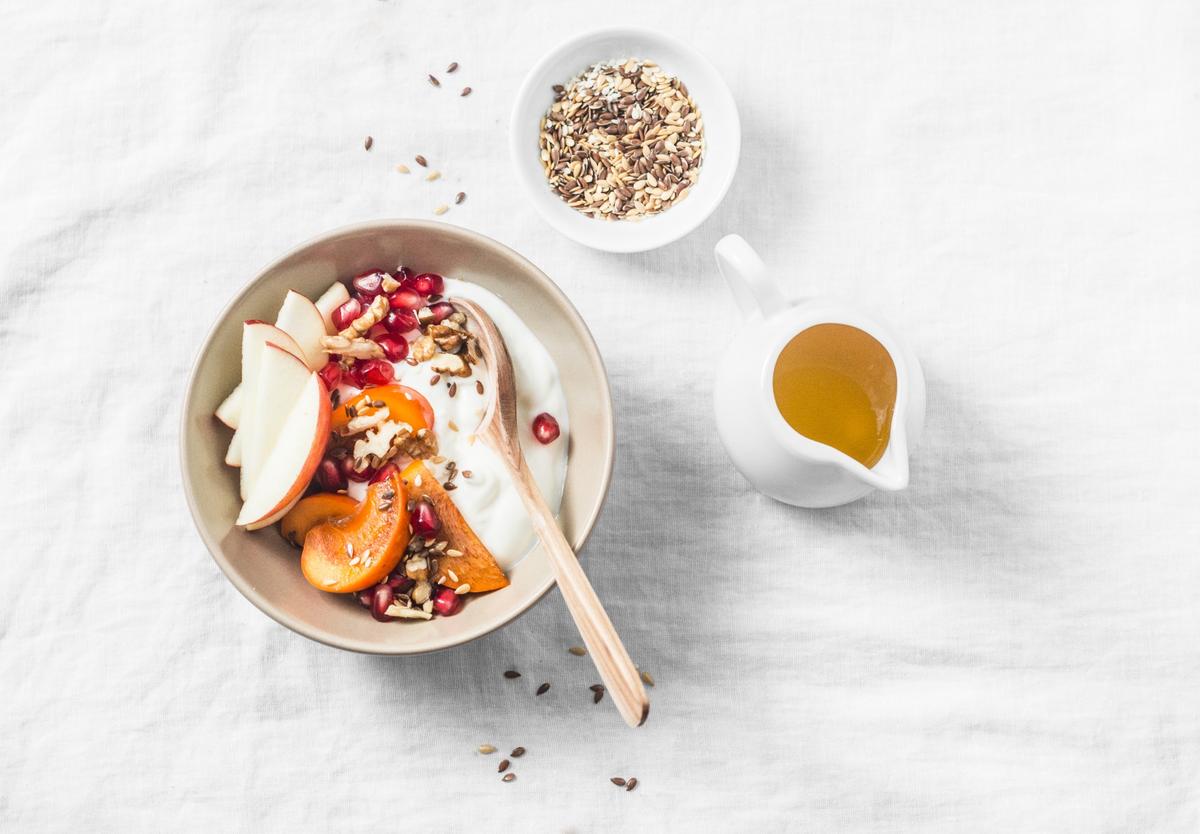
How to Make Yogurt, Step by Step
Ingredients and Equipment
A gallon of milk makes a gallon of yogurt. While whole milk will lead to richer yogurt, even skim will produce it. There are fat-free yogurts in the store, after all. Raw or pasteurized both work. You can buy starters or simply use any brand of plain, unsweetened yogurt with active cultures from the store. (Not vanilla, although some may find that flavor plain!)You can use a standard pot on the stovetop, a crock pot, or even an Instant Pot. Dedicated yogurt makers are nice, offering temperature control for consistent production. If some seem too large, consider the handy EuroCuisine YM80 yogurt maker, which allows you to make several separate small jars at once.
Heat It Up
Heat the milk up to at least 180 degrees F, but don’t boil it; a thermometer would be good here, but for those cooking by feel, the milk should be simmering, with tiny bubbles coming to the surface, but shy of a rolling boil. (Note: raw milk—not legally sold in most places—will be pasteurized if heated at 162 degrees F for at least 15 seconds, so this process will do that.) The heat alters proteins in the milk so that your yogurt doesn’t end up full of lumps. Be sure to stir to avoid burning on the bottom of the pot.Cool It Down
Then let it cool down to 105 degrees (or use Mr. Gocmen’s method with your pinkie finger). When the milk has sufficiently cooled, stir in a bit of yogurt—a quarter cup for a gallon of milk, or 2 tablespoons for half of that—or store-bought yogurt starter according to the package instructions. Tip: add your yogurt starter to a cupful of the warm milk and stir it in there before mixing it into the rest of the milk.Wait
As long as you maintain a temperature between about 90 and 115 degrees, the rest of this process is merely waiting. The trick is stabilizing that heat.Vessels insulated with your winter jacket might not hold the temperature overnight. I learned that the hard way, but I was able to warm it back up gently for the save and still ended up with decent yogurt. (The microbes are like me: Too cold in the house? Stay in bed. Too hot to work? Stay in bed.) As I later learned with my sourdough starter, the oven light in a closed oven is a great modest and stable heat source.
How long does it take? If you also went through the stay-at-home-related sourdough craze, you know that answers may vary here. Yogurt is, in my humble opinion, nowhere near as touchy as sourdough starter and dough. Keep the temperature in that target range and sooner or later yogurt happens, typically in 6 to 12 hours, but maybe even a few hours longer if you’re on the cooler end of the range.
Success!
The yogurt is ready when... well, when it looks like yogurt! It has that thickened consistency, holds a shape on your spoon, and holds together when you jiggle the pot. At this point, you can refrigerate it, or leave it at room temperature a couple hours to sour up a bit more before moving it to the fridge.Still hoping for something more “Greek-style” and Chobani-like? Pour your finished yogurt into a cheesecloth laid into a strainer and let the whey drip out until you find your favored consistency. This is “acid whey” (as opposed to “sweet whey” from cheese production) and can be repurposed for a variety of recipes, such as bread and waffles, or even lacto-fermented foods, such as sauerkraut.
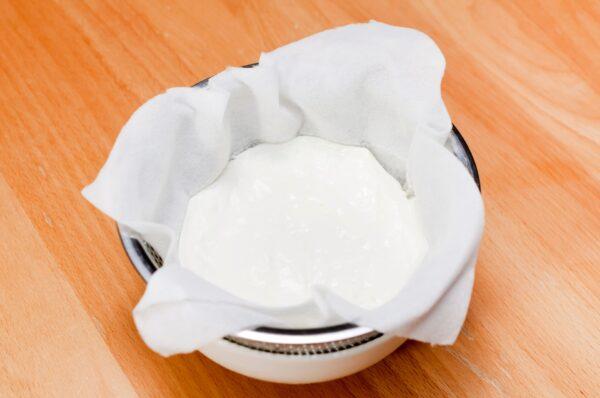
Yogurt makes a good sour cream substitute in baking recipes, on potatoes, in tacos, etc. If you still prefer it sweet, you can add your own fresh (or syrupy, canned) fruits.
Kevin Revolinski is an avid traveler and the author of 15 books, including “The Yogurt Man Cometh: Tales of an American Teacher in Turkey,” and several outdoor and brewery guidebooks. He is based in Madison, Wis., and his website is TheMadTraveler.com

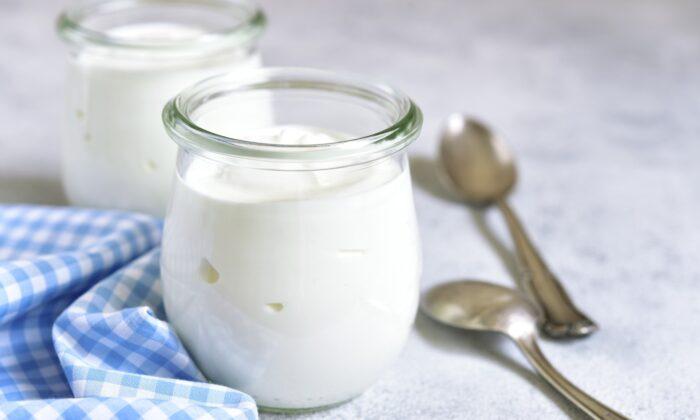


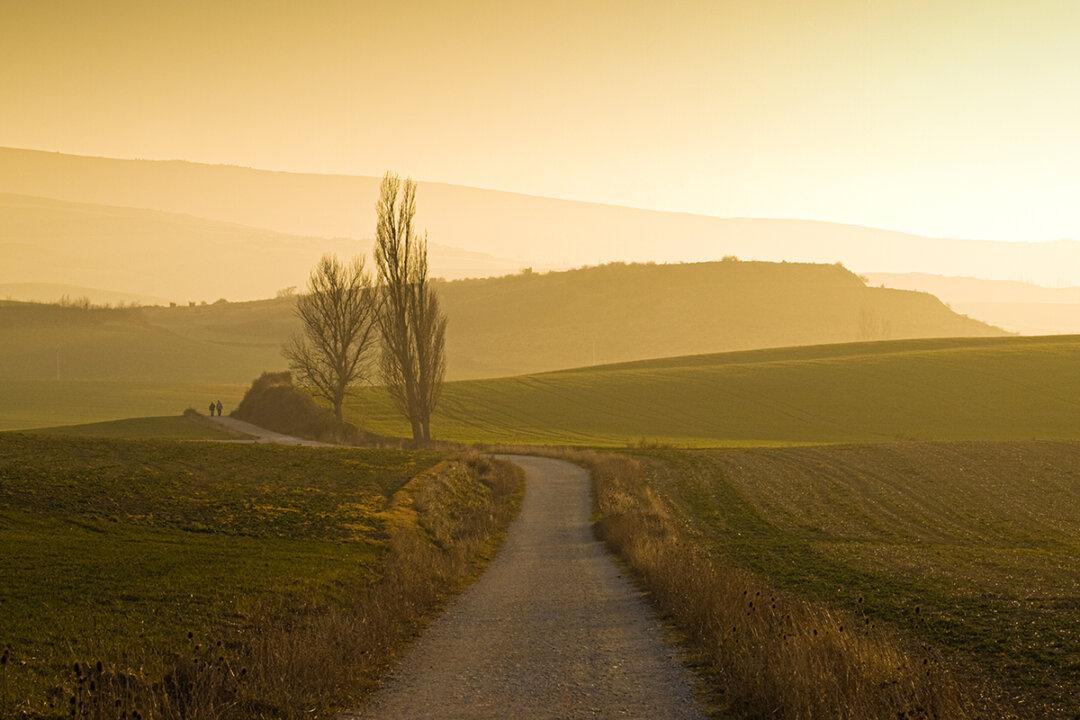

Friends Read Free